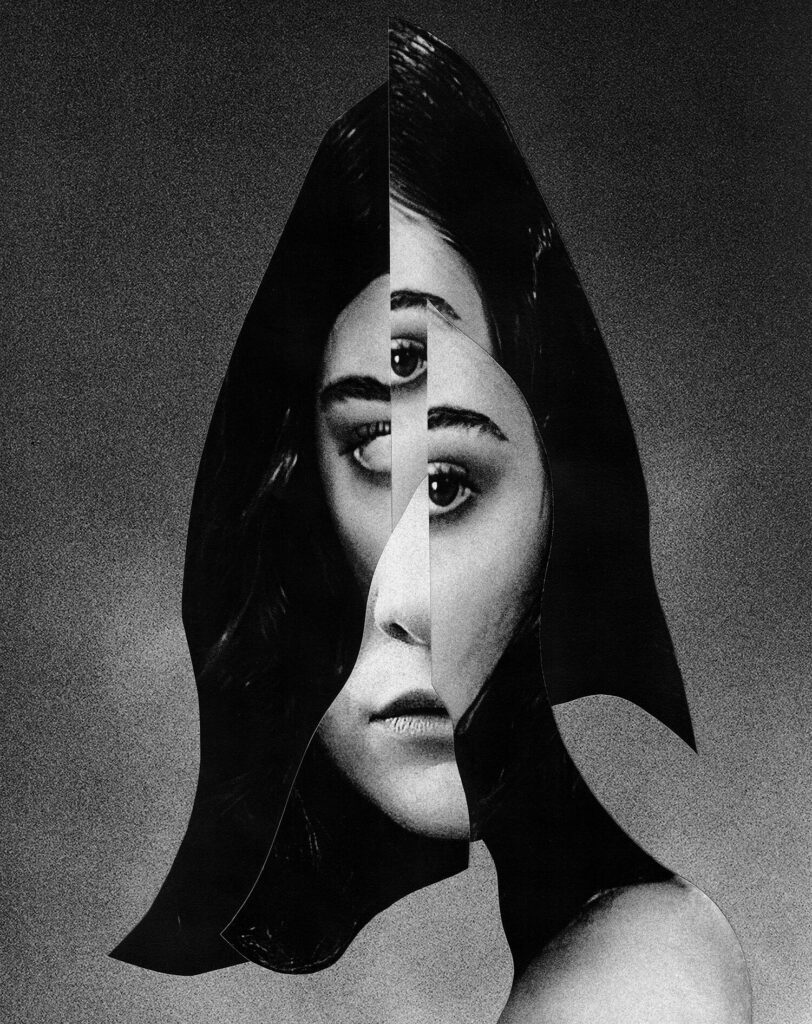This article explores the portrayal of the military in art and music, discussing whether these portrayals should be seen as celebrations or critiques. It highlights how art and music have been powerful mediums of expression throughout history and how the military has been a recurring theme in both. The article examines celebratory portrayals, which honor soldiers and evoke national pride, and critical portrayals that challenge the glorification of the military and shine a light on the human cost of war. It emphasizes the importance of a balance of perspectives in shaping public opinion and fostering discussions about the role of the military in society.
Portrayal of the Military in Art and Music: Celebrations or Critique?
Introduction
Art and music have always been powerful mediums of expression, often reflecting the socio-political climate of their time. Throughout history, the military has been a recurring theme in both art and music. However, the portrayal of the military in these creative forms can vary widely, ranging from celebrations of heroism and patriotism to critical examinations of the institutions themselves. This article explores the complex relationship between the military and art/music, addressing the question of whether these portrayals should be seen as celebrations or critiques.
Celebratory Portrayals
One common way in which the military is portrayed in art and music is through celebrations of their bravery, sacrifice, and dedication. These portrayals often highlight the heroic actions of soldiers and reinforce notions of national pride. For example, in historical paintings, we often see depictions of significant military victories, such as the Battle of Waterloo or the signing of peace treaties. These artworks aim to create a sense of awe and admiration for the military, glorifying their efforts and sacrifices.
Similarly, in music, the military is often celebrated through patriotic songs and anthems. These compositions aim to honor soldiers and evoke strong emotions of loyalty and national identity. Examples include national anthems, such as “The Star-Spangled Banner” in the United States or “God Save the Queen” in the United Kingdom, which are sung at military events and national celebrations. These musical celebrations of the military serve to unite people and foster a sense of belonging.
Critical Portrayals
On the other hand, art and music have also been powerful tools for critique and questioning of the military. Many artists and musicians explore the dark side of military actions, addressing themes of violence, loss, and the human cost of war. These portrayals challenge the glorification of the military and encourage viewers and listeners to critically reflect on the true impact of armed conflicts.
Artistic works such as anti-war paintings, such as “Guernica” by Pablo Picasso, or sculptures like “The Unknown Political Prisoner” by Doris Salcedo, shed light on the pain and suffering caused by war. These pieces make powerful statements, aiming to provoke a sense of outrage and a demand for change. Similarly, in music, artists have written protest songs that criticize military actions or question the motives behind them. These songs, such as John Lennon’s “Imagine” or Bob Dylan’s “Masters of War,” challenge the celebration of the military and encourage listeners to think critically about the consequences of violence.
A Balance of Perspectives
While the portrayal of the military in art and music can be both celebratory and critical, it is important to recognize that there is value in both perspectives. Celebratory portrayals can help foster a sense of unity, pride, and gratitude towards those who serve their countries. These works pay tribute to the bravery and sacrifices of soldiers, offering them recognition for their formidable efforts.
On the other hand, critical portrayals ensure that the realities of armed conflicts are not overlooked and challenge the narrative of heroism and triumph. They force viewers and listeners to confront the grim consequences of war and question the actions and decisions made by those in power. These critical works serve as reminders of the human cost of military actions and can encourage individuals to advocate for peaceful resolutions and the prevention of unnecessary conflicts.
Conclusion
The portrayal of the military in art and music is a complex and multifaceted subject that can range from celebratory to critical. Both perspectives play an important role in shaping public opinion, fostering discussions, and invoking emotions. While celebrating the military can create a sense of unity and pride, critical portrayals challenge established narratives and make us reflect on the true cost of war. It is through this balance of perspectives that art and music continue to be effective tools in exploring and questioning the role of the military in society.
